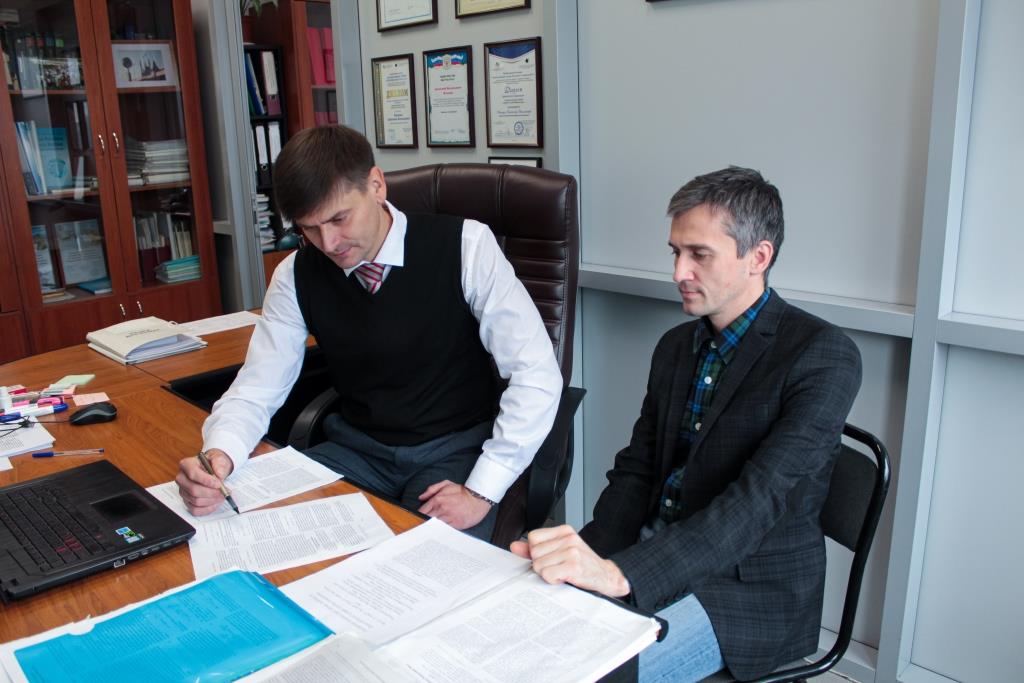KFU physicists decipher the structure of antimony melt and explain the nature of the observed structural anomalies

The work was carried out in the Laboratory of Information Technologies in Physical Materials Science, opened at the Institute of Physics within the framework of the Strategic Academic Leadership Program Priority-2030 under the supervision of the Chair of the Department of Computational Physics and Modeling of Physical Processes Anatolii Mokshin.
Antimony is widely used in the production of materials for electronics, as well as metal alloys resistant to corrosion and high temperatures.
“Antimony melt is interesting because near the melting point, the atoms in this melt can form bound structures in the form of compact clusters or extended chains and remain in a bound state for quite a long time. We found out that the basic unit of these structures are linked triplets of adjacent atoms, and the centers of mass of these linked atoms are located at the vertices of right triangles. It is from these triplets that larger structures are formed, the presence of which causes anomalous structural features detected in neutron and X-ray diffraction experiments,” explains Dr Mokshin.
The computer modeling method based on quantum-chemical calculations made it possible to reproduce anomalies in the structure of molten antimony with high accuracy.
According to Bulat Galimzyanov, Associate Professor of the Department of Computational Physics and Modeling of Physical Processes, these structural anomalies appear as additional bursts in experimental neutron and X-ray diffraction patterns. And although all this has been experimentally recorded by researchers for some time, there are still ongoing debates regarding the physical nature of these experimentally observed features.
“It is noteworthy that similar structural anomalies are observed in the melt of pure bismuth, which, like antimony, belongs to the chemical group of pnictogens. We have discovered that near the melting point, long-lived structures can also form in bismuth. This suggests that the physical processes in these melts can be described in a unified way,” explains Artem Tsygankov, Assistant Lecturer at the Department of Computational Physics and Modeling of Physical Processes.
The results make a contribution to understanding the fundamental processes occurring on scales comparable to the sizes of atoms and molecules, and are also of practical importance, since they can be used in the design of new materials with a unique combination of physical and chemical properties.

